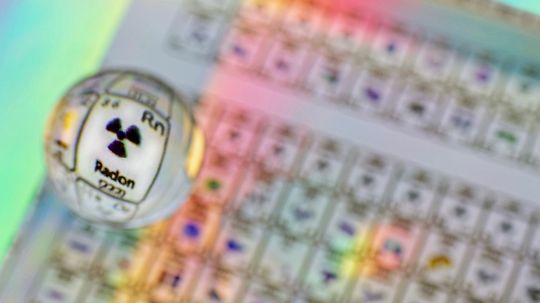Intriguing and enigmatic, the workings of radon continue to baffle scientists and researchers alike. This article delves into the depths of this mysterious element, shedding light on its intricate mechanisms and potential hazards.
The Elusive Nature of Radon
Radon, a radioactive gas derived from uranium decay in rocks and soil, stealthily infiltrates our homes through cracks and gaps in foundations. Its colorless, odorless nature makes it an imperceptible threat that often goes unnoticed until it’s too late. Understanding how radon permeates indoor spaces is crucial for safeguarding our health.
A Dance with Radioactivity
Once inside our homes, radon undergoes a complex dance with radioactivity. It decays into various isotopes known as “radon progeny,” which attach themselves to dust particles suspended in the air we breathe. These microscopic particles can easily be inhaled into our lungs when present at high concentrations.
The Silent Intruder’s Health Implications
The health implications associated with prolonged exposure to elevated levels of radon are alarming. The radioactive decay products emitted by radon progeny release alpha particles that bombard lung tissue cells, potentially leading to DNA damage and an increased risk of developing lung cancer over time.
Unveiling Solutions for a Safer Environment
To mitigate the risks posed by this silent intruder, experts recommend regular testing for radon levels within residential dwellings. Implementing effective ventilation systems or sealing off entry points can help reduce indoor concentrations significantly. By taking proactive measures against this elusive foe, we can ensure healthier living environments for ourselves and future generations.


